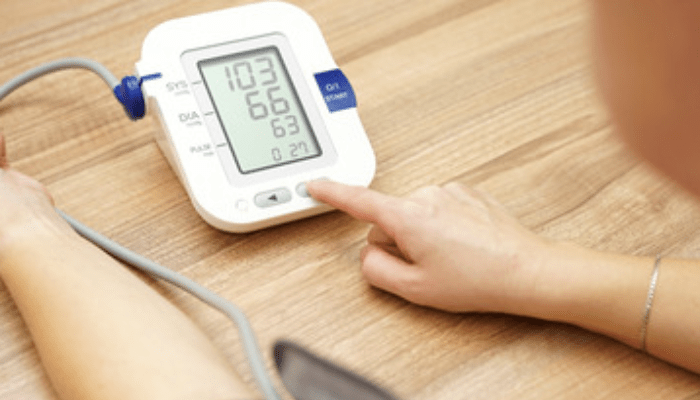Discover how to monitor your blood pressure at home
Blood pressure is a crucial indicator of cardiovascular health and therefore must be monitored regularly to avoid serious complications. Blood pressure monitoring allows doctors and patients to have a clearer view of the health of the heart and circulatory system.
While monitoring blood pressure may seem straightforward, there are a number of factors that can affect the accuracy of readings, including cuff size, patient posture, and measurement technique. Also, blood pressure can fluctuate throughout the day and can be influenced by many factors such as stress, physical activity, and food and drink intake.
In summary, blood pressure monitoring is an important part of maintaining cardiovascular health. With the availability of home monitoring devices, people have more control over their health and can detect any abnormal changes in blood pressure more easily.
What is blood pressure monitoring
Blood pressure monitoring is a crucial way to monitor an individual’s cardiovascular health. There are several methods for measuring blood pressure, including the ambulatory blood pressure monitor (ABPM). ABPM is a portable device that measures blood pressure throughout the day, allowing for a more accurate assessment of blood pressure during daily activities.
In addition, devices such as the Galaxy Watch 3 also allow continuous blood pressure monitoring. With a blood pressure monitoring map, users can track blood pressure changes over time and get a more complete picture of their cardiovascular health.
How to measure blood pressure
Measuring blood pressure is an important part of maintaining cardiovascular health. There are several methods of measuring blood pressure, including using a blood pressure ABPM device. ABPM is a portable device that measures blood pressure throughout the day, allowing for a more accurate assessment of blood pressure during daily activities. It is a popular option for monitoring blood pressure at home or in an outpatient setting.
To use a pressure ABPM device, the patient must follow these steps:
- Place the device cuff around the arm;
- Activate the device to start the measurement;
- Wait while the device inflates the cuff and measures blood pressure at regular intervals throughout the day;
- Generally, measurements are taken every 20 to 30 minutes during the monitoring period.
Another popular option for blood pressure monitoring is the use of an ambulatory blood pressure monitor (ABPM). The healthcare professional will instruct the patient to wear the ABPM for a period of 24 hours or more, and the readings are recorded on a recording device.
What is the best time to measure blood pressure?
However, for those using a handheld blood pressure cuff at home, the best time to measure blood pressure is in the morning before breakfast. This is because the body is at its most relaxed state during the night, which can lead to lower blood pressure readings.

In addition, an empty stomach can ensure that food and drinks do not affect blood pressure readings. However, if measurement in the morning is not possible, it is recommended that measurement be taken at the same time each day to obtain consistent readings.
What is the difference between Holter and ABPM?
Holter and ABPM are two types of monitors used to measure blood pressure over time. Although both are used to monitor blood pressure, they differ in several ways. Below are the main differences between them:
- The ambulatory blood pressure monitor (ABPM) is a portable device used to measure blood pressure at regular intervals throughout the day and night.
- It measures blood pressure automatically at regular intervals of 15 to 30 minutes during the day and hourly at night.
- It is often used to monitor blood pressure in patients who have high blood pressure or who have heart problems.
- The Holter, on the other hand, is an ECG monitor used to monitor the electrical activity of the heart.
- It is used to detect heart arrhythmias and other heart problems.
- It is connected to the chest with electrodes and the patient is instructed to continue their normal daily activities during the monitoring period.
- It is often used for patients who experience symptoms of cardiac arrhythmia such as palpitations or fainting.
Both devices are used to monitor heart health and are often used on patients who have heart problems. The type of monitor used will depend on the patient’s symptoms and condition and should be determined by a physician or qualified healthcare professional.
How is the MAP exam?
With the advancement of technology, ambulatory blood pressure monitoring (ABPM) has become more common and easier to perform. The ABPM test involves the use of a handheld device that is set to automatically measure blood pressure at regular intervals over a period of 24 hours or more.
At the end of the monitoring period, the patient returns to the doctor or clinic to remove the device and analyze the collected data. The ABPM exam is considered an effective method to detect possible variations in blood pressure that may go unnoticed in conventional exams.

Deixe um comentário